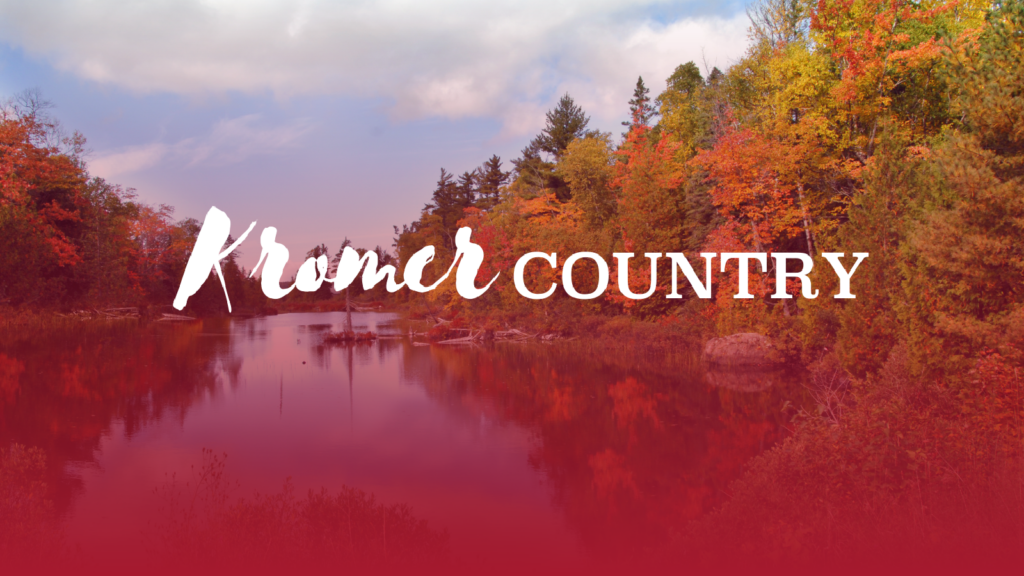Clients often come to us with rebranding requests of all shapes and sizes. It’s rare, however, to find anyone outside the industry with an in-depth understanding of the complexity that is the term, “brand.” A common misconception is that your logo mark = your brand. A logo is a key component of your visual brand, but doesn’t reflect the idea of branding as a whole. Branding actually goes much further than its typical definition. (“A name, term, design, symbol, or any other feature that identifies one seller’s good or service as distinct from those of other sellers.”) The problem with this definition is that we are missing the strategic process used to combine all brand elements into one cohesive impression: messaging, key words, imagery, symbols, typography, composition, products, displays, etc. When clients request a rebrand, what they typically mean is a recreation of their visual brand and its elements. We talk to many clients that have a sound sense of who they are, what their goals are and the experience they offer to their specific audience. They just haven’t figured how to visually communicate this across multiple mediums in a way that is appropriate for their target publics. This is where a true understanding of branding and all its components comes in.
Logo Mark
Let’s think of few unmistakeable, iconic logo marks, like Apple and Coca-Cola. Yes, over time these symbols have left a significant impression, but the symbols themselves are not what made these two brand empires what they are today. A logo is just one piece of the pie, whether that be the Apple pie (see what I did there?), the Coca-Cola pie, the Nike or the McDonald’s pie. Your logo should be a summary of your company’s name, products, culture, tone and message; this can be straightforward, abstract or in between, as long as it gets the point across. Logos, however, have limitations as far as the depth of communication they allow. Would the red, old-style script on its own reflect a delicious beverage that can help you connect with others in perfect harmony, on the beach, at a concert, at school or anywhere else when you ‘Share a Coke’? Probably not. This is where your visual brand comes into play.
Visual Brand
Your visual brand is how you translate your message through colors, symbols, imagery, compositions, music, etc. across multiple mediums and create an experience that can be viewed and felt by your audience. A visual brand creates the basis for what your logo will come to represent. The shitload of brainstorming and research that goes on behind the scenes is how we develop an experience that displays your brand perfectly. Take color for example. Colors are more than red, blue, green, purple, yellow, colors subconsciously evoke feelings. These feelings change from culture to culture, possibly generation to generation, etc. effecting how your message is communicated. Imagery: imagery is planned strategically to show who your client could be when they pick up your product or use your service and why they need to be this person. Selecting the perfect font to not only display your message through type, but through feeling and tone. All of these things are just a few examples of the strategic process that is creating a visual brand. We forget that a logo didn’t just magically appear with a strong, clear meaning, it has an entire support system of other elements behind it driving that force.
Even the most minimalistic visual brand has a complex system of working parts that depend on one another to be a successful whole. The most iconic logos didn’t develop symbolic meaning on their own, it is the result of small components that build up an entire brand.

5 Branding Myths That’ll Make You Want to Punch a Wall
Let’s bust some myths about branding that are driving us all to drink. Grab your coffee (or something stronger,) and let’s dive into this cesspool








